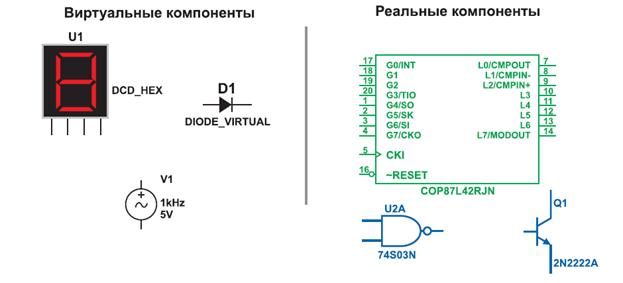Different Kinds of Theory
‘Theories of criminal law’ could just be general theories of law applied to the particular case of criminal law: proponents of legal positivism, of natural law, of economic analysis of law, of Critical Legal Studies and other schools of legal theory will expect to be able to say about the criminal law what they say about law in general (for examples of the last two approaches, see Posner 1985; Kelman 1981). Questions raised by theories of this kind will figure in what follows—for instance whether it is part of the essence of criminal law that it must satisfy, or make, certain kinds of moral demand; whether criminal law can be adequately understood in purely instrumental terms; whether we should take the criminal law's apparent pretensions to rationality and principle seriously, or should rather see it as an oppressive exercise of political or economic power, or as the site of conflicts which produce an irredeemably contradictory, unprincipled set of doctrines and norms (see Norrie 2001). Such questions are important, but we will not begin with them. We should, instead, begin by asking what is distinctive about criminal law. What marks it out from other kinds or aspects of law? What are its distinctive institutional structures, purposes, or content? Philosophical theories of criminal law can be analytical, or normative (see Husak 1987: 20-26). Analytical theorists seek to explain the concept of criminal law, and related concepts such as—most obviously—that of crime (metaphysically more ambitious theorists might seek an account not merely of the concept of criminal law, but of its real, metaphysical nature; see Moore 1997: 18-30). They need not look for a strict, ahistorical definition—an account of the necessary and sufficient conditions given, and only given, which a human practice counts as a system of criminal law; we have no reason to think that any such definition will be available. But they can hope to identify and explain the central or salient features of systems of criminal law—features at least some of which will be exhibited by anything we can count as a system of criminal law; and to develop an account of a paradigm of criminal law, on the basis of which we can recognise as systems of criminal law other practices that resemble that paradigm sufficiently closely, even though they do not quite fit it. Normative theorists seek an account not just of what criminal law is, but of what it ought to be (and whether it ought to be at all). Should we maintain a system of criminal law? If so, what goals should it serve, what values should inform it, what should its scope and structure be? Any such normative theory must presuppose some analytical account of that whose goals, values, scope and structure are being discussed. Whether analytical and normative theorising are related more closely than this will depend on what kind of analytical theory we develop: a legal positivist will insist that, here as elsewhere, the question of what law ought to be is quite separate from, and left open by answers to, the question of what law is; a Natural law theorist will argue that an adequate analysis of the concept or the metaphysical nature of criminal law will reveal the moral purposes or values that a practice must serve (or at least claim to serve) if it is to count as a system of criminal law at all (see Moore 1997: 23-35). Philosophical theories of criminal law, whether analytical or normative, cannot subsist in isolation. They must have some regard to the empirical actualities of that which they theorise: to the histories of the different systems of criminal law, and to sociological inquiries into their actual operations. Some critical theorists believe that such historical or sociological inquiries will undercut the pretensions of philosophical theorising: that what needs analysing is not the superstructure or superficial self-presentation of the criminal law, on which philosophers tend to concentrate, but the social, political and economic realities lying beneath that surface; and that given the oppressive or conflictual nature of those realities, philosophical theories cannot amount to anything more than doomed attempts to rationalise what is inherently irrational or a-rational (see Kelman 1981; Norrie 2001; also Law and Ideology). The only adequate reply to these critiques of philosophical theorising is to show how such theorising can assist both an understanding of what criminal law is, and the discussion of what it ought to be, by taking seriously the concepts in terms of which it presents itself: that is the task on which we embark in what follows. (Another way in which philosophical theories of criminal law cannot subsist in isolation is that they cannot be wholly separate from other branches of philosophy. They must draw, most obviously, on political philosophy, since they must depend on some conception of the proper aims of the state and of the proper relationship between a state and its citizens (see e.g. Pettit 1997, 2002; Duff 2001: chs 2-3; Dubber 2005; Dagger 2008). They must draw on moral philosophy, insofar as the criminal law properly aims to define types of moral wrong and to punish those who culpably commit them (see e.g. Moore 1997; Tadros 2005). They must draw on philosophy of action and on philosophy of mind, if they are to explicate ideas of wrongdoing and of fault that are appropriate to law's wrong-defining role (see e.g. Moore 1993; Green 2005; Gardner 2007).)
|




